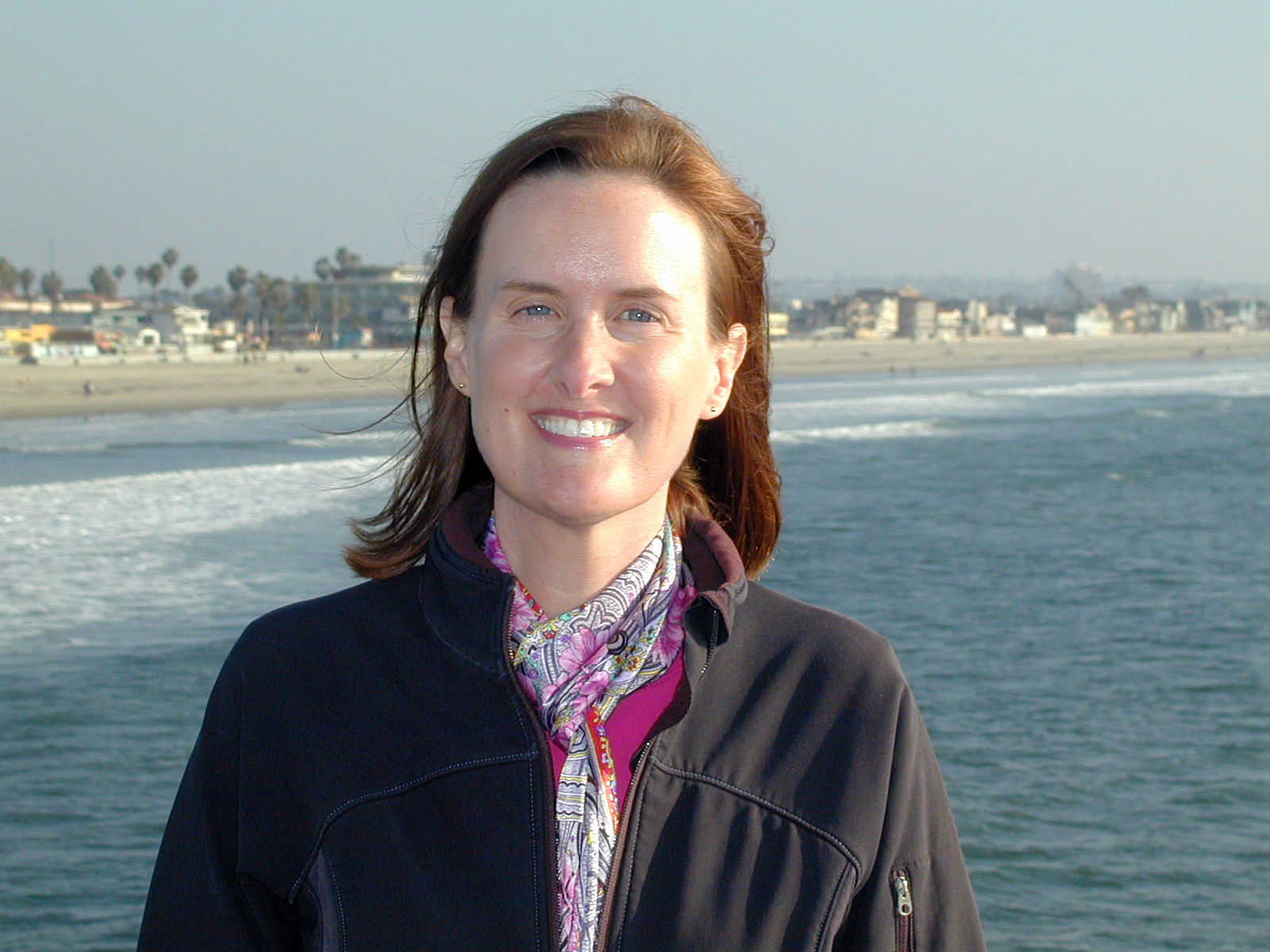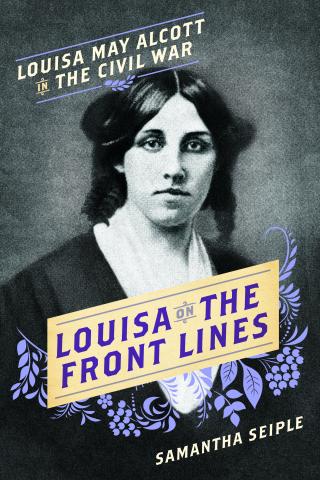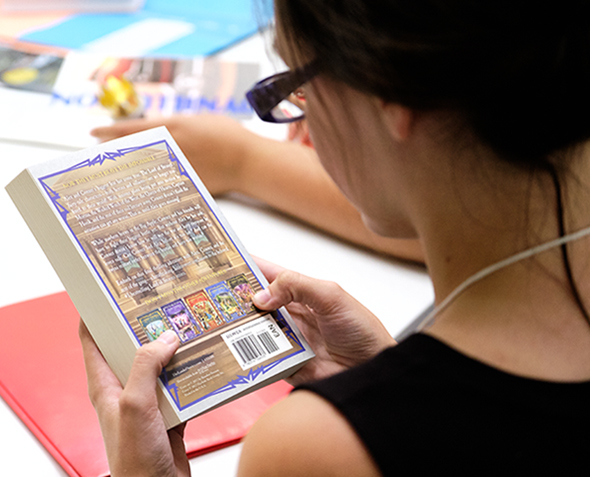Turning Curiosity Into Creative Writing
When curiosity seizes alumna Samantha Seiple (BA ’89), she knows just what to do: write a book.
To date she has populated some significant shelf space with an array of nonfiction titles, most of them directed at young adult readers. Her books examine everything from the dog-accompanied adventures of a polar explorer to the Japanese occupation of Alaska’s Aleutian Islands during World War II. Still another page-turner, “Nazi Saboteurs” — the true story of a little-reported attempt to destroy critical infrastructure on U.S. soil — is due in bookstores later this year.
“I think what I’m really attracted to are stories that either have been forgotten or overlooked,” Seiple says.
Overlooked perhaps, but not for lack of nerdy razzmatazz. Take her most recent offering, “Louisa on the Front Lines” (Seal Press, 2019), a riveting account of writer Louisa May Alcott’s stint as a nurse during the darkest days of the Civil War. It’s Seiple’s first book for an adult audience and one sure to resonate with Alcott’s multigenerational fan base, for whom her best-known work, “Little Women,” ranks as formative reading. (Like Alcott’s most fervent devotees, Seiple has read “Little Women” several times. “My grandmother gave me my copy, and I even have my mother’s copy as well,” she says.)
>Seiple has long revered Alcott as a storyteller, an abolitionist and as a fiercely independent woman who defied 19th century expectations about just what a little lady should and could do. Needlework — fine! Nursing amputees — well, that’s no work for the fairer sex. “She was considered unconventional in her day,” Seiple says, “but we would consider her mainstream today. She is a modern woman, but she [lived] in the 19th century.”>
Until she began working on “Lincoln’s Spymaster,” her book about the country’s first private investigator, Seiple thought Alcott’s story had been told conclusively. But deep into her research, she learned about Alcott’s nursing experience and discovered how rare it was for a young, unmarried woman to serve at bedside, much less in a war zone.
The book chronicles the many ways in which Alcott lived her values. She tended to the dying, emptied bedpans, assisted doctors during horrifying procedures and wrote letters for soldiers too maimed and sick to pen their own correspondence. All along, she never relinquished her beliefs about the equality of all human beings, regardless of skin color, ethnicity or gender.
“I really thought she is a great role model, especially for today, because we’re dealing with the same issues: equal pay, equal rights, equal opportunity. And here she was fighting on the frontlines. She was always pushing the boundaries. She did it through one of the only opportunities she had: through her writing and her work. She did reach people and continues to reach people even today,” Seiple says.
Seiple traces her origins as a writer to her years at DU, where she majored in mass communications and English and wrote for The Clarion. (Her first published piece was a movie review of “Less Than Zero.”) An internship with the Denver Post gave her much-valued clips for a portfolio that helped her land her first job in publishing with Academic Press. “I was a production editor and learned all the ins and outs of book production — copyediting and grammar,” she recalls. “It gave me a really good foundation.”
Next, she earned a degree in library and information science from the University of Tennessee at Knoxville, which paved the way for a stint as a competitive intelligence specialist in the corporate world. That job, in which she gathered information on markets and competitors, honed the skills she uses today. “That really helped me to understand … how to dig for information – which, it turned out I really enjoy doing.”
Based in Asheville, North Carolina, Seiple is never happier than when she’s digging. The months between books are spent pondering which topic to pursue next. And once she starts writing, the stories command her full attention.
“It seems sort of mysterious,” she says of the writing process, “but it really is what they say: 1% inspiration and 99% perspiration.”







